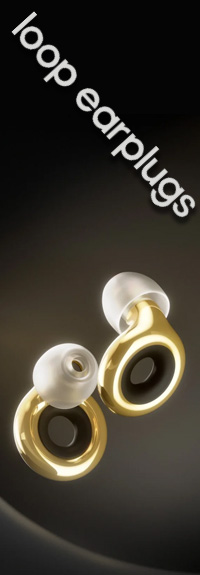The artisans at BAE bestowed their new 1066DL on us for a long-term evaluation, and we came away quite impressed with the Series 500 module. We employed five testers for our review, their impressions in quotes below, each from a different walk of sonic life. BAE’s 1066DL is based on the classic Neve 1066, and contains the same mic-line pre-amplification stage as the 1073, including Carnhill (St. Ives) transformers, but features different equalizer frequency selections, as well as a quarter-inch direct input and impedance switch on the front.
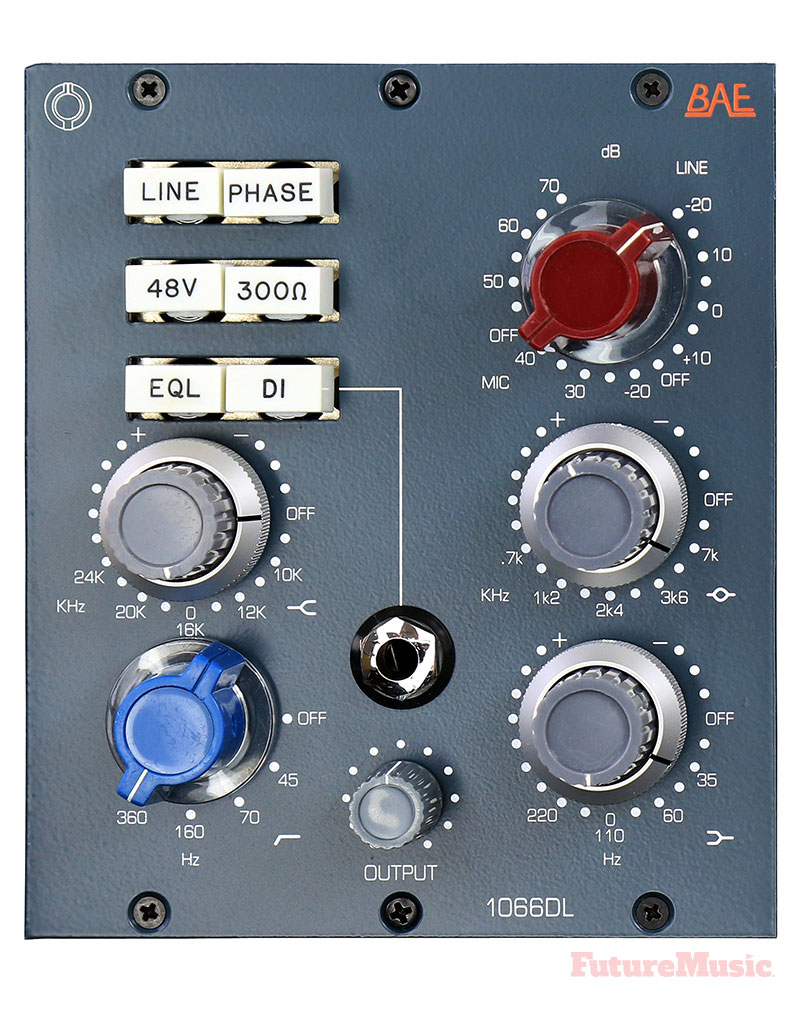
There’s no need to get into the specifics of the 1073, being it’s such an industry-standard. That said, there are many manufacturers who put out their own 1073 flavors these days, so it’s worth mentioning BAE in the food chain. BAE consistently delivers on the 1073 pre theme in terms of authenticity, build-quality, component choice, and fidelity. The company has been in business for over 25 years and is known for not cutting any corners, everything is hand-built, including all the tedious wiring and soldering. Although BAE stands for British Audio Engineering, its namesake was originally Brent Averill Enterprises until the founder retired and the new owner renamed the enterprise. (Trivia time! —Ed.) Additionally, the company is not from England, it’s actually based out of California.
The 1066DL is BAE’s take on the original 1066, albeit in the 500 Series format, and we tested it in their own lunchbox for this review. BAE’s 1066DL houses the same vintage Neve 1073 mic and line amps, but presents an expanded take on the original’s EQ options. All that additional action takes up three entire units of a Series 500 lunchbox, so if you’re considering dropping this into your own rig, be wary of its girth and plan accordingly.
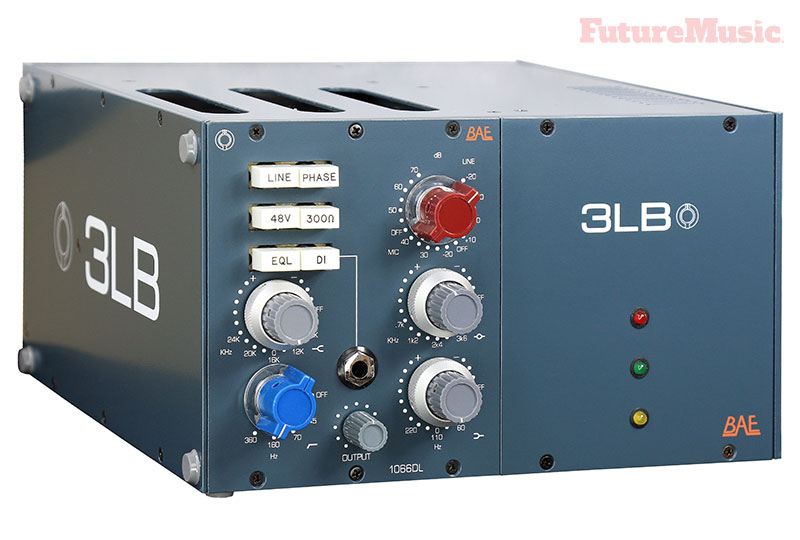
The 1066DL’s unique EQ is what sets it apart, so let’s take a closer look at what BAE is offering, which, as we mentioned, is actually different from the original Neve 1066’s sole 10k shelving. BAE’s 1066DL adds four additional frequencies, 12k Hz,16k Hz, 20k Hz and 24k Hz, beyond the 10k Hz. Here’s the breakdown:
» High Frequency: +/-16dB shelving with selectable frequencies of 10kHz, 12kHz, 16kHz, 20kHz and 24kHz
» Low Frequency: +/-16dB shelving with selectable frequencies of 35Hz, 60Hz, 110Hz & 220Hz
» Mid Range: +/-16dB peaking with switchable selectable center frequencies of 700Hz, 1.2kHz, 2.4kHz, 3kHz & 7kHz
» High Pass Filter: 18dB per octave slope, switchable between 45Hz, 70Hz, 160Hz & 360Hz
» Phase Button: 180°
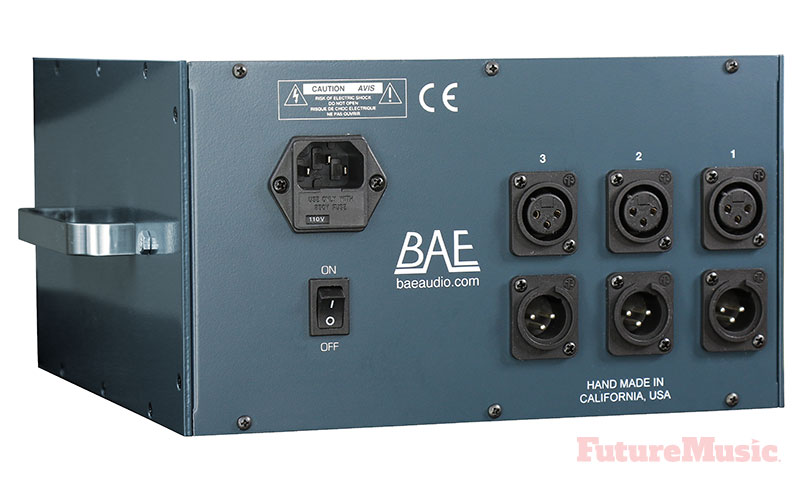
BAE 1066DL Specifications:
» Frequency Response: 10Hz to -3dB at 55kHz
» Three Band Equalizer:
— HF:+/-16dB fixed frequency shelving at 10kHz,12kHz, 16kHz, 20kHz and 24kHz
— LF: +/-16dB shelving with selectable frequencies of 35Hz, 60Hz, 110Hz & 220Hz
— MF: +/-16dB peaking with switchable selectable center frequencies of 700Hz, 1.2kHz, 2.4kHz, 3kHz & 7kHz
» High Pass Filter: 45Hz, 70Hz, 160Hz & 360Hz
» Mic Input Impedance: ~1200/300 ohms
» Line Input Impedance: 10k ohms
» DI Input Impedance: ~150k ohms
» Output Impedance: 65 ohms
» Common Mode Rejection Ratio: 100dB min @ 60Hz
» Maximum Output Level: +27.4 dBu @ 600Ω
» Power Requirements: 115/230 VAC, 28W
» Gain dB: 0 to 80 dB
» Equivalent Input Noise: -110 dBu; Unweighted 300kHz Bandwidth
» Weight: 6 LBS / 2.72 KG
» Dimensions: Three 500 Series Units
The additional high-shelf attributes and different mid-band selections just beg for running guitars through its DI, and BAE likes to tout this in their marketing, but “claiming the 1066DL is only good for guitars is selling it quite short,” stated one reviewer. “With the inherent thickness of the 1073 bottom, the 1066’s upper-mid-range sculpting can really set your percussion free,” revealed one of our testers, who is constantly tracking various world instruments. He went on to spotlight the 1066’s flavor specifically on Indian doumbeks and African djembes, where the sharp slaps sit on top of deep bass tones. However, he did notice that the 1066 was lacking on tablas, where the EQ fell short on low midtone control.
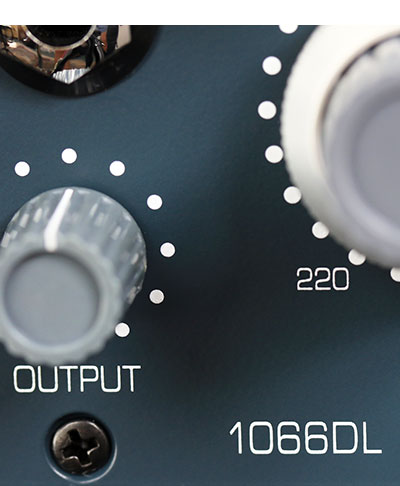
Our vocal evaluator who plugged the 1066DL into the signal chain coming out of his booth was very pleased with how the unit performed on certain throaty females. “The high-frequency shelf modes of the [1066DL] brought out the detail and texture of a singer-songwriter I’ve been working with in a very musical way…instead of just adding brightness, it focused [her vocals]. Using a photography analogy, it was like shooting wide open with a portrait lens…the ‘short depth of field’ brought out her detail, but left everything else with beautiful bokeh.” The result allowed “[her vocals] to sit brilliantly on top of the acoustic guitar in the final mix.” That said, it’s certainly not for all vocalists if you’re deadset on employing the EQ. Without the aforementioned ability to control the lower mids, engineers may struggle using the 1066DL’s EQ effectively to “fully contour male vocals.”
Of course, a review of the 1066DL wouldn’t be complete without a full guitar workout and we assigned a single reviewer for that task. Leveraging his full complement of electric guitars from hollow-bodies to a Flying V, our shredder got busy, and the “[1066DL] didn’t disappoint.” But before jacking in, he couldn’t help but marvel at how BAE shoehorned all that 1066 goodness into the 500 format. “I know three units is wide for a 500 series, but seriously, getting a full 1066 with expanded EQ into a [lunchbox] is pretty amazing.” But what about tone?
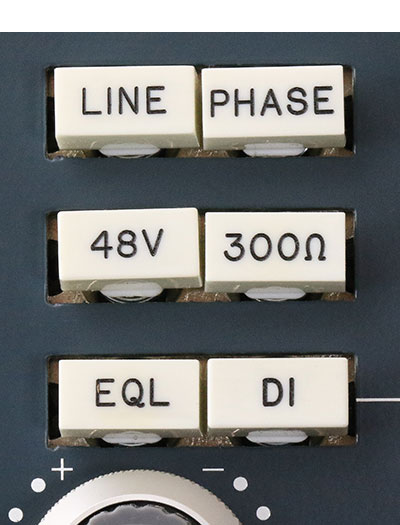
“This beast made every guitar I plugged in sound better,” he exclaimed. He would first plug in a guitar and listen without any EQ applied, since you can bypass the 1066DL’s entire EQ section with the designated front panel switch. “BAE really just nails that vintage 70’s 1073 sound, especially that tubby bottom that I personally just love,” he observed. “But what makes this a standout in terms of guitar tone is the decision to expand the EQ options from the original 1066. With the 1073 foundation, I’m able to punch up frequencies to make the guitar pop, and take away any harshness by climbing down other freqs that have just too much bite.” With the 1066DL striking gold with the hardbodies, he moved on to his hollow-bodies. “My vintage Gibson and more recent Godin took on a whole new essence with the BAE, the 1073 stage brought out the creamy acoustic resonance, while the high-frequency EQ allowed me to dial in a presence I never heard before,” he praised.
At $2000 for just the module, “the BAE 1066DL is not for the faint of wallet” and is clearly aimed at discerning audio engineers who are looking for a more compact or portable option. BAE’s ability to get the authentic 1066 sound in a 3-unit 500 series is remarkable in its own right, but the fact that it delivers on everything a selective and sophisticated user has on their check list, makes this a standout. Highly Recommended.
Rating: 90%
Cheers:
+ Authentic Carnhill/St. Ives transformer design
+ Hand-Made
+ Phenomenal Guitar Tone
+ Outstanding On Percussion
+ Terrific On Certain Vocals
+ 500 Series Format
+ Five Year Warranty
Jeers:
– No On/Off Switch Or Indication
– Switches Not Illuminated
– Expensive
BAE’s 1066DL costs $2000 and is available now.
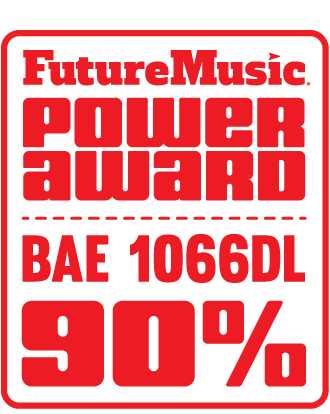
The Future:
If BAE turns their attention back to the DL at some point, we’d love to see illuminated switches on the front to determine on/off status. Although the 1023 addresses this to a point, expanding the EQ into the lower-mid range would further open the DL’s possibilities and utility.
Other Impressions:
ProSound Network: 4.0 Stars (out of 5)
Magnetic: 4.8 Stars (out of 5)




